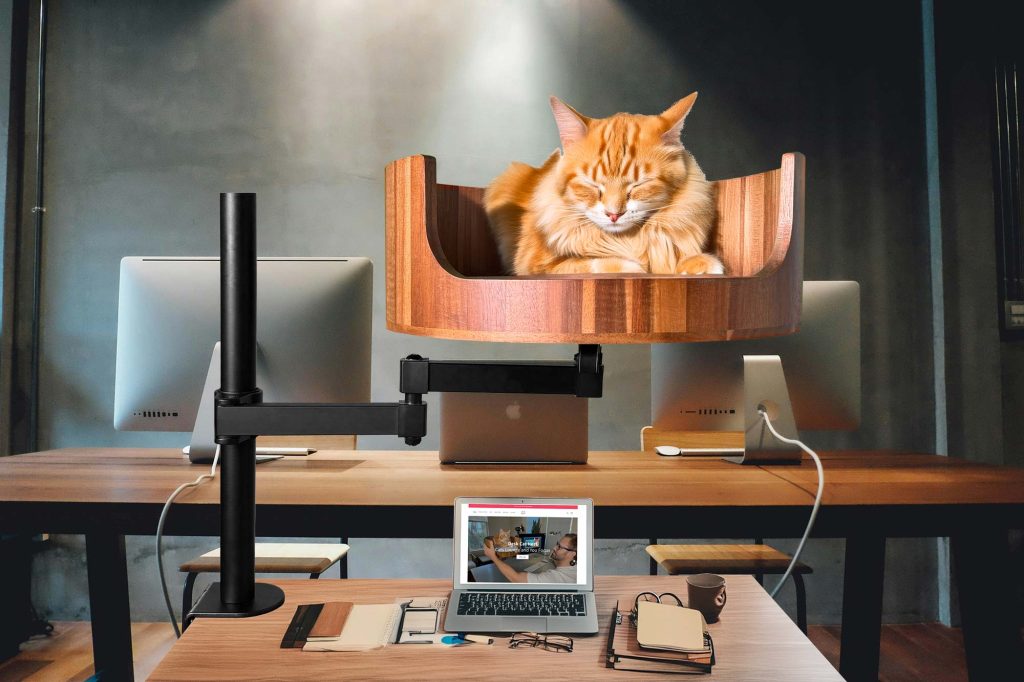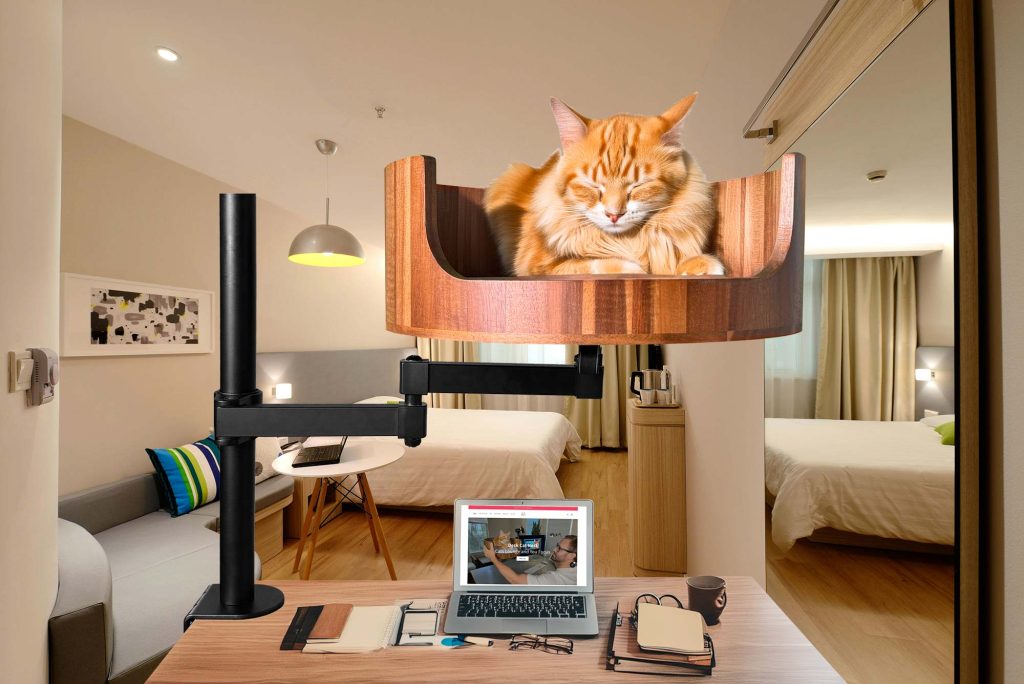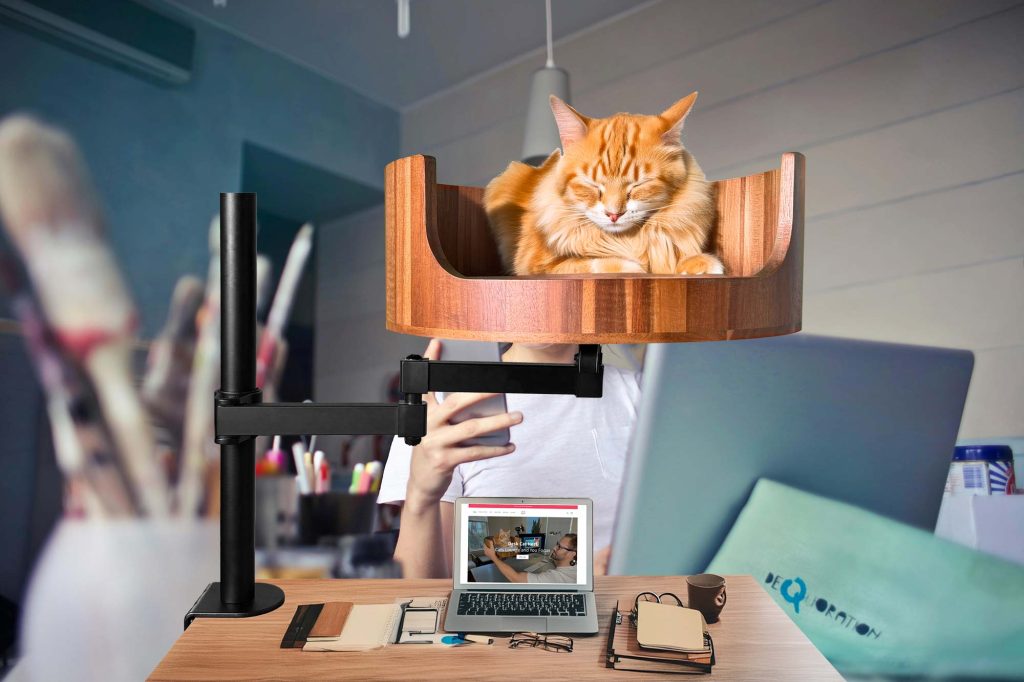Does your pet unleash a burst of wild energy at night, running around the house like a maniac? You’re not alone. Many pet owners have witnessed their furry friends displaying this behavior, commonly known as “nighttime zoomies.” In this article, we will delve into the fascinating world of nighttime zoomies and explore why our pets seem to go crazy once the sun goes down.
From cats chasing invisible prey to dogs sprinting back and forth across the living room, nighttime zoomies can be both a source of amusement and confusion for pet owners. But what exactly causes these sudden bursts of energy in our beloved animals? We will discuss the reasons behind nighttime zoomies, including how they are a natural behavior for many pets and often serve a purpose in keeping them active and healthy. Additionally, we will provide tips on how to manage and even embrace your pet’s nighttime zoomies, ensuring that both you and your furry friend can coexist peacefully during these energetic outbursts.
1. Nighttime zoomies are common in pets and are typically caused by pent-up energy or boredom.
2. Providing mental and physical stimulation throughout the day can help reduce nighttime zoomies.
3. Creating a calm bedtime routine can help pets wind down and be less likely to experience nighttime energy bursts.
4. Regular exercise, engaging toys, and interactive play sessions during the day can help prevent nighttime zoomies.
5. Consulting with a veterinarian or animal behaviorist may be necessary if nighttime zoomies persist despite environmental enrichment efforts.
What are nighttime zoomies?
Nighttime zoomies refer to the sudden burst of energy that many pets, especially cats and dogs, experience during the evening or nighttime hours. This phenomenon is characterized by your pet running around, jumping, and playing frenetically, seemingly out of nowhere. While it can be entertaining to watch, it can also be puzzling for pet owners who may not understand why their typically calm and sleepy pet is suddenly so hyperactive.
Causes of nighttime zoomies
There are several reasons why pets may experience nighttime zoomies. One of the most common causes is pent-up energy that has not been adequately released throughout the day. Pets, especially young or active breeds, need regular exercise and mental stimulation to prevent boredom and excessive energy buildup. If your pet has been cooped up indoors all day, they may be more likely to exhibit nighttime zoomies as a way to burn off excess energy.
Effects of nighttime zoomies
Nighttime zoomies can have both positive and negative effects on your pet’s behavior and well-being. On the one hand, it can be a sign that your pet is healthy and active, which is a good thing. However, if nighttime zoomies become a regular occurrence, it could be a sign that your pet is not getting enough exercise or mental stimulation during the day. In some cases, nighttime zoomies could also be a sign of underlying medical issues or anxiety.
Managing nighttime zoomies
There are several strategies you can employ to help manage your pet’s nighttime zoomies. One of the most effective ways is to ensure that your pet gets enough exercise and playtime during the day. This will help burn off excess energy and reduce the likelihood of nighttime zoomies occurring. You can also try engaging your pet in interactive play before bedtime to help them wind down and relax. Additionally, creating a calm and soothing environment in your home can also help reduce your pet’s nighttime zoomies. If nighttime zoomies persist or seem excessive, it may be a good idea to consult with your veterinarian to rule out any underlying health issues.
Frequently Asked Questions
1. What are nighttime zoomies and why do cats experience them?
Nighttime zoomies refer to the sudden bursts of energy that cats may exhibit during the night, often leading them to run around, jump, and play with gusto. Cats are crepuscular by nature, which means they are most active during the dawn and dusk hours. This can result in increased activity levels during nighttime hours as well.
2. How can Desk Cat Nest help with nighttime zoomies?
Desk Cat Nest provides a safe and comfortable space for your cat to relax and rest during the night. By offering a cozy spot elevated from the ground, it can offer a sense of security and relaxation to help reduce nighttime zoomies.
3. Is Desk Cat Nest suitable for all cat breeds?
Desk Cat Nest is designed to accommodate most cat breeds. However, it is essential to consider your cat’s size and weight when choosing the appropriate Desk Cat Nest model to ensure optimal comfort and support.
4. How do I introduce my cat to Desk Cat Nest?
When introducing your cat to Desk Cat Nest, place familiar items such as a favorite blanket or toy inside to encourage your cat to explore and use the nest. Additionally, offering treats or catnip near the nest can help create positive associations.
5. Can Desk Cat Nest help with other behavioral issues besides nighttime zoomies?
While Desk Cat Nest is primarily designed to address nighttime zoomies, it can also offer a calming and comfortable environment for cats struggling with anxiety, stress, or restlessness during the night.
In conclusion, the Desk Cat Bed is a valuable choice for cat owners dealing with nighttime zoomies. This cozy and comfortable bed provides a designated space for your cat to unwind and relax, helping to reduce midnight bursts of energy. By offering a secure and inviting place to rest, the Desk Cat Bed can help your feline friend achieve a good night’s sleep, promoting a healthier and more well-rested pet. Say goodbye to restless nights and hello to a peaceful evening with the Desk Cat Bed.


